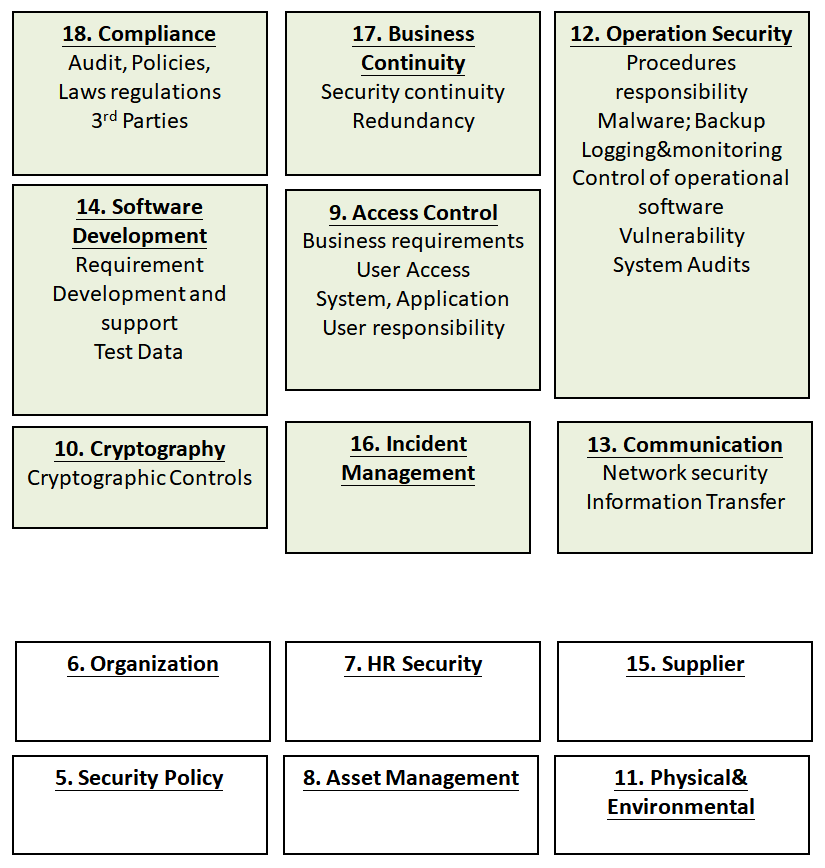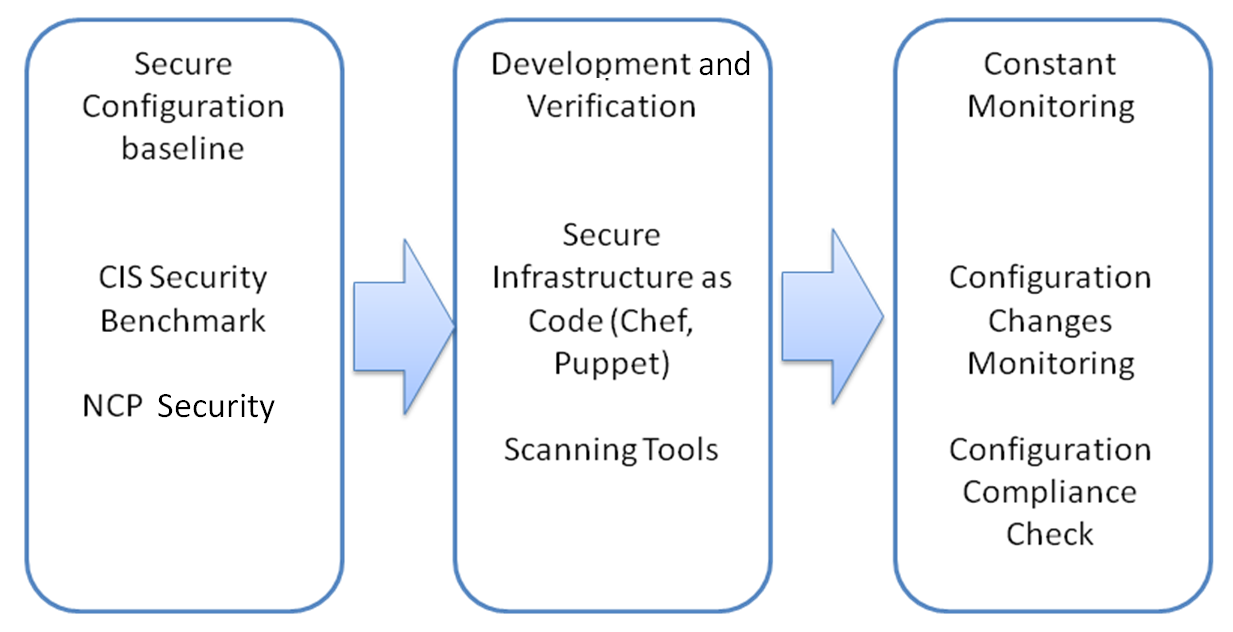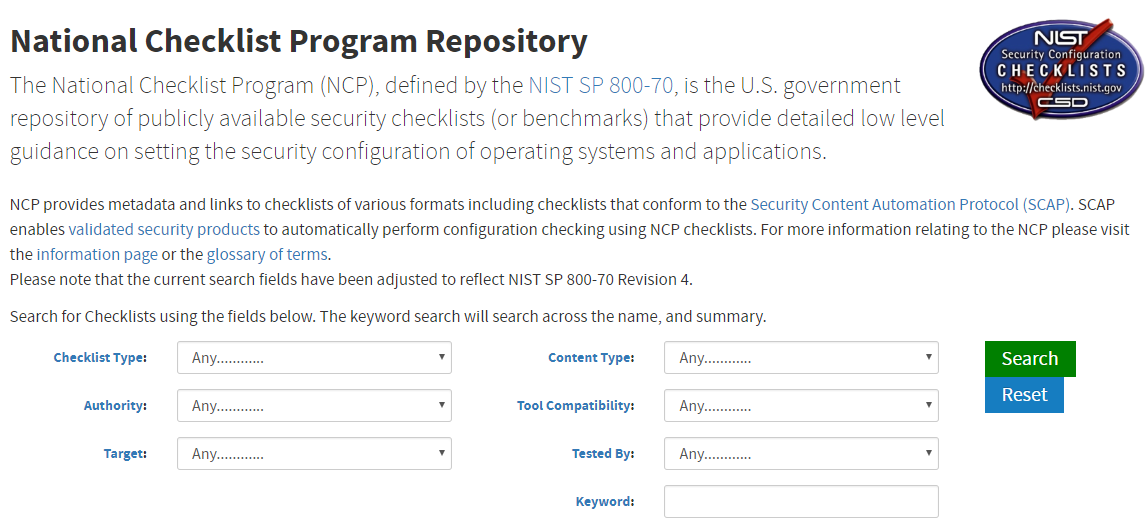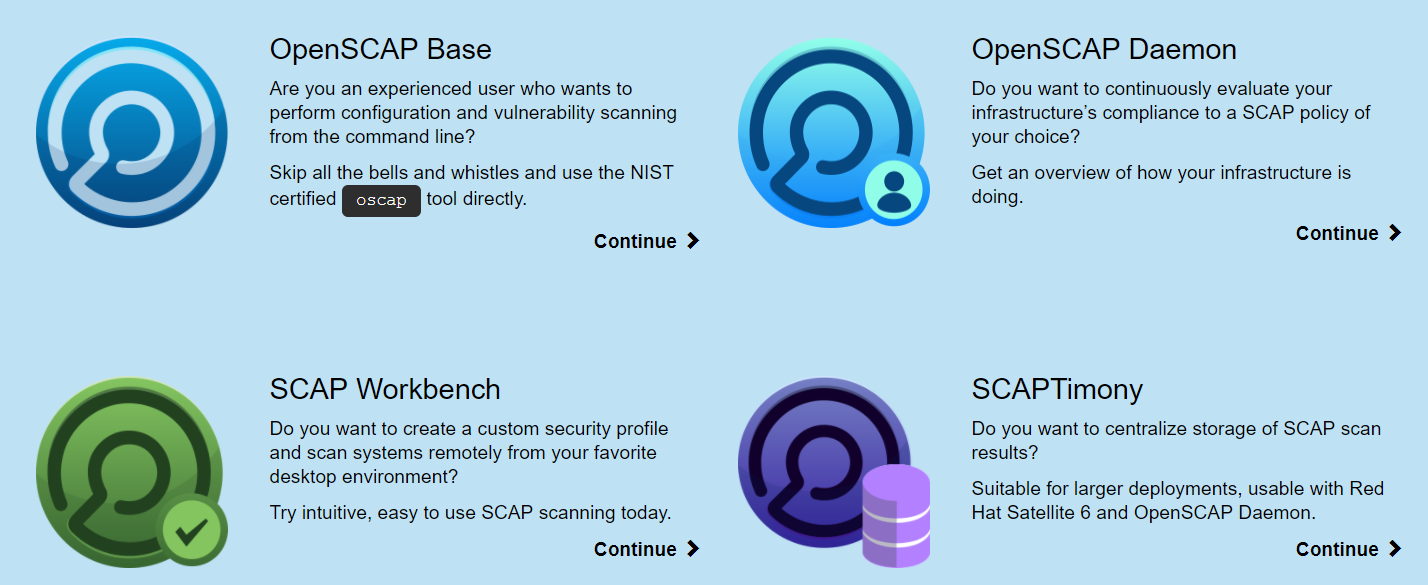The CIS defines security benchmarks and the National Checklist Program (NCP), defined by the NIST SP 800-70, provides guidance on the security configurations of the operating system, database, virtualization, framework, and applications.
The IT and operation team are primarily responsible for ensuring the security of the infrastructure. However, the development team may also share some responsibilities for securing the infrastructure. For example, the development team may decide to deliver the application package in the form of a container or to apply Infrastructure as Code frameworks, such as Puppet or Chef. These technologies allow development teams to define a secure configuration, even in the development stage, and the operation team just needs to apply the secure configuration definition during application deployment.
In addition, it's also the development team's job to provide a list of configuration changes for every release's deployment. This will allow the operation team to review if the configuration changes are secure and appropriate. Due to the complexity and the amount of configuration that needs to be reviewed, the adoption of scanning tools to check if all the configurations are secure and comply with industry best practices is necessary. Cloud service providers may provide such scanning services or tools. Here, we recommend open source tools such as CIS-CAT Lite provided by CIS and OpenSCAP.
The journey to secure the infrastructure and platform can be completed in three stages. The first stage is to define a secure configuration baseline by referring to industry practices such as CIS or NIST NCP. Then, we may apply tools such as Chef or Puppet to ensure every deployment includes a secure configuration as well. The final stage is to do constant monitoring of frequent configuration changes and security compliance assessment.
Typical infrastructure components are listed in the following table. CIS provides secure configuration suggestions to each system component and also tools to do the scanning against the security best practice baseline.
CIS provides the CIS Benchmark, which defines the secure configuration of operating systems, server software, cloud services, networking devices, and so on. It helps operation teams to understand how to secure and configure an infrastructure and platform.
|
Infrastructure layers
|
System
|
|
Web services
|
Apache, Nginx, IIS |
|
Database
|
MS SQL, MySQL, Oracle, MongoDB |
|
Virtualization/container
|
VMware, Docker, Kubernetes |
|
Networking
|
Cisco devices |
|
Operating systems
|
Windows, Linux, Ubuntu, CentOS, SUSE
|
In addition to CIS Benchmark documents, CIS also provides tools to infrastructure or operation teams for secure configuration scanning. The CIS Security website provides related security configuration scanning tools to download.
Source: https://www.cisecurity.org/cybersecurity-tools/








